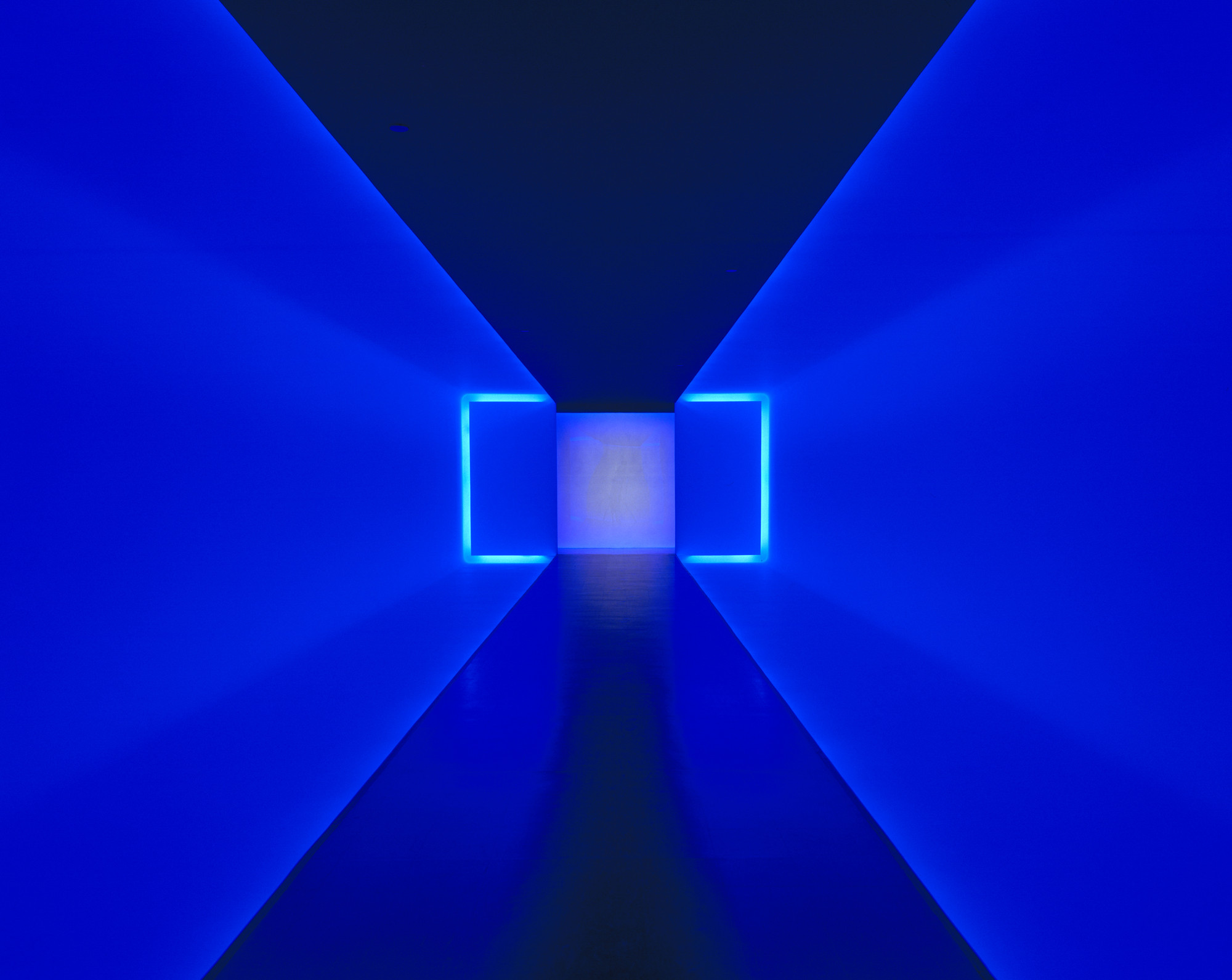Philosophy in Islam: The Concept of Shiʿism as a Philosophical Genre
From: Journal of Shi'a Islamic Studies
Volume 9, Number 2, Spring 2016
pp. 132-143 | 10.1353/isl.2016.0012
Volume 9, Number 2, Spring 2016
pp. 132-143 | 10.1353/isl.2016.0012

Abstract
ABSTRACT:
It has been recently argued that there are problems in identifying Islamic philosophy with Shiʿism. This is despite the fact that many Islamic philosophers were actually Shiʿi. An interesting and connected question is whether there is such a thing as Shiʿi philosophy, and many commentators use this term. It looks plausible that a particular theological and religious orientation would be reflected in philosophy. After all, all these views are theoretical and abstract and need to be connected logically, so it would seem likely that they would all be aligned in some way. However, there are problems with such a view, and these rest on two main points. Firstly, theology does not necessarily bring along with it a metaphysics, and so different theological views may be linked with contrary or similar philosophical approaches. To give an example, both Mullā Ṣadrā and Mīr Dāmād were philosophers, and both were Shiʿi, yet they defended entirely different ontologies. Secondly, theology does not necessarily involve a particular style of writing. Some theologians are interested in writing in such a way that only those sympathetic to them understand what they are saying, but many are not. Some direct their work to a particular audience while others seek to address a more general audience. In fact, Shiʿi philosophers often make sure that there is nothing Shiʿi about their work since they want to resonate with the Islamic world as a whole, not only the Shiʿi minority. If we look at a range of Shiʿi philosophers, it will be argued that it is difficult to detect a specific theological line that they embody in their philosophies, and so we should be careful about using the concept of Shiʿi philosophy.



